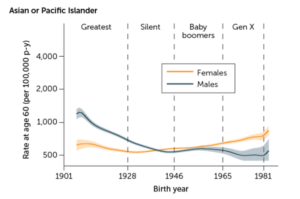Generation X are outdoing baby boomers, but not in a good way. People born between 1965 and 1980 are getting cancer more often and at a younger age than their parents and grandparents generations.
Gen X women have projected increases in thyroid kidney, rectal, uterine colon, pancreatic and ovarian cancers as well as leukemia and non-Hodgkin’s lymphoma. Gen X men have forecasted rises in thyroid, kidney, rectal colon and prostate cancers.
Of all the ethnic groups Hispanic women have one of the largest increases in overall rate of cancer of 35%. The highest overall cancer rate is found in Non-Hispanic Black men as it gone up 12% compared to their previous generations. On the opposite end of the spectrum Asian and Pacific Islander men have seen an actual decrease of cancer of 7.7%.
More and more doctors are recognizing that it is the terrain of the individual that is the major predisposing factor in causing cancer. They justifiably point to obesity, alcohol, smoking, a sedentary lifestyle and an unhealthy diet as terrain disruptors that leads to this rise in cancer rates. But they fail to mention other just as important factors that can affect the underlying terrain such as our toxic environment.
For example annually there are over 2,000 chemicals added for industrial use each year with the majority not being tested for carcinogenicity nor registered with the EPA. And it is estimated that on a daily basis we are exposed to 7,000 chemicals. As a result of the toxic environment we live in our newborns come into this life with an average of 287 chemicals of which 180 are known carcinogens. If you are curious to know what pollutants are in your drinking water go to EWG.org.
Another factor that has contributed to a recent rise in cancer is COVID and its related vaccine. Dr. Angus Dalgleish, a sought-after oncologist in London has said, “As a practicing oncologist, I am seeing people with stable cancer rapidly progress after being forced to have a booster, usually so they can travel.
“Even within my own personal contacts, I am seeing B cell-based disease after the boosters. They describe being distinctly unwell a few days to weeks after the booster — one developing leukemia, two work colleagues Non-Hodgkin’s lymphoma, and an old friend who has felt like he has had Long COVID since receiving his booster and who, after getting severe bone pain, has been diagnosed as having multiple metastases from a rare B cell disorder.
“I am experienced enough to know that these are not the coincidental anecdotes that many suggest, especially as the same pattern is being seen in Germany, Australia and the USA.”
Unless physicians and patients pay closer attention to these terrain disruptors ,this uptick in cancer among generation X invariably will be bad news for Millennial (28-43 y.o.) and even Gen Z (12-27 y.o.).
Terry Pfau DO, HMD




